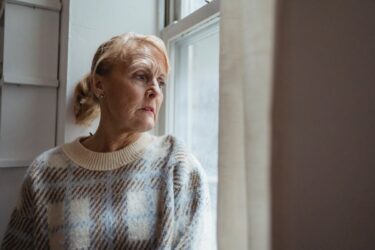 There’s aging, and then there’s active aging. The former happens to a person. The latter allows the person to take back some control of the aging process by living a healthier lifestyle and remaining engaged in all aspects of life.
There’s aging, and then there’s active aging. The former happens to a person. The latter allows the person to take back some control of the aging process by living a healthier lifestyle and remaining engaged in all aspects of life.
Active aging is both a movement and a life plan. Staying as fully active as possible can change the way we age, according to the International Council on Active Aging. As this new tip sheet explains, active aging is not just about exercise or healthy eating, although that’s important at every age. It encompasses older adults’ continued participation in social, economic, cultural, spiritual, environmental, professional and civic activities; their ability to contribute to their families, their communities and their peer groups. Aging within these dimensions of wellness keeps us involved, alert and enjoying a productive life, says the ICAA.
The projected demographics of older adults will result in more disability, increased illness, and higher health costs, according to this study. But negatives can be minimized if policymakers and clinicians embrace an active aging framework across the life span.
As the World Health Organization notes, “active aging allows people to realize their potential for physical, social, and mental well-being throughout the life course and to participate in society, while providing them with adequate protection, security and care when they need.”
Aging doesn’t happen in a vacuum, so friends, colleagues, neighbors and family are important components of active aging. An active aging framework helps an older person maintain autonomy and independence, regardless of physical status. It also helps to stave off social isolation by maintaining those important social connections.
Active aging includes everything from resistance training exercises in the gym to participating in resistance protests in the community. It includes neighborhood infrastructure and walkability; public transportation and housing, designed to help older people remain in their homes and communities. It goes beyond bingo and knitting circles to art classes, entrepreneurship, and technology, which this report says helps 85 million older US adults.
Reporters can use information in the tip sheet as a springboard for many potential stories — from local community initiatives that encourage seniors to get up and move, to policy debates in state houses and Congress on issues like transportation, long-term care, food and nutrition, housing and safety net programs.








